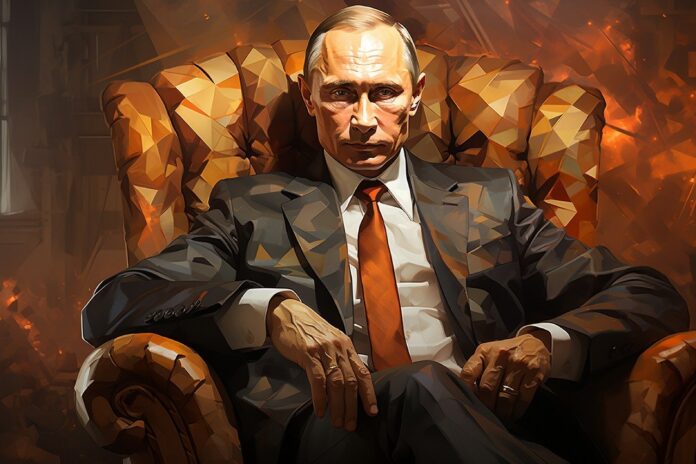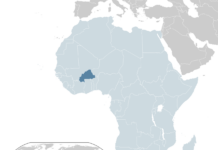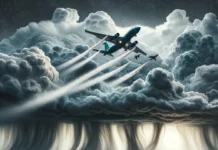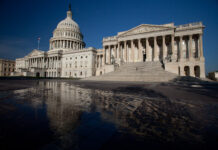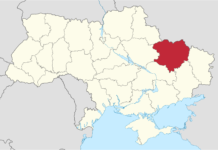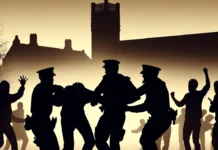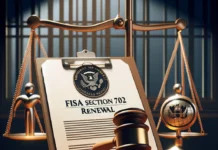Recently, Russia has been witnessing a contentious campaign led by President Vladimir Putin to remove statues, monuments, and memorials of people who were killed by Joseph Stalin’s regime. This effort is seen by many as an attempt to reshape historical memory and steer the collective consciousness away from the atrocities committed during Stalin’s regime. The motivations and implications of this initiative are complex and have sparked debates about how nations reconcile with their difficult pasts.
Stalin, who ruled the Soviet Union from the mid-1920s until his death in 1953, is known for his iron-fisted leadership and the immense human suffering inflicted during his time in power. The Great Purge, the Holodomor famine, and the gulag system, where millions of political dissidents and perceived enemies were imprisoned and killed, are all indelible stains on the pages of history.
President Putin’s campaign to dismantle Stalin-era statues, monuments, and memorials can be seen as an attempt to downplay this dark chapter in Russia’s past. By removing these symbols of Stalin’s rule, Putin hopes to redefine Russia’s national identity. However, it raises questions about whether such actions genuinely lead to historical amnesia or whether they represent a legitimate effort to acknowledge and confront a painful past.
Critics argue that the removal of statues, monuments, and memorials may not necessarily erase the memory of the Stalin era but could instead exacerbate tensions and deepen historical divides. For some, Stalin represents an era of Russian strength, especially during World War II when the Soviet Union played a pivotal role in defeating Nazi Germany. For others, he embodies the brutality of a repressive regime that caused immeasurable suffering.
This contentious issue underscores the ongoing struggle in many countries to come to terms with their historical legacies, particularly when they are characterized by both triumphs and tragedies. Addressing the past in an open, balanced, and nuanced way is essential for reconciliation and understanding. While President Putin’s efforts may reflect a desire to redefine Russia’s image, the debate surrounding the removal of Stalinist symbols underscores the importance of open discourse, academic study, and an honest reckoning with history to avoid repeating the mistakes of the past.
